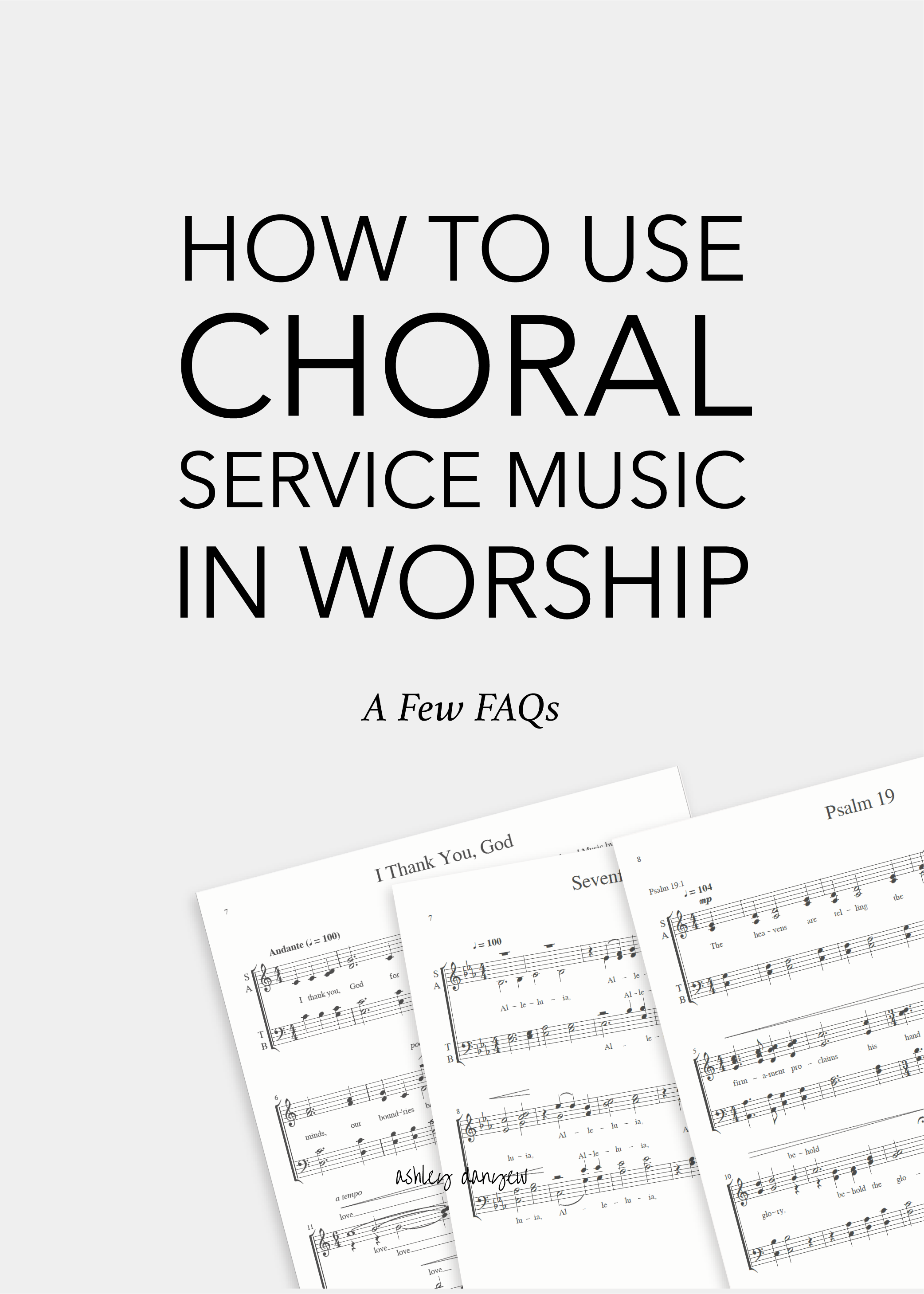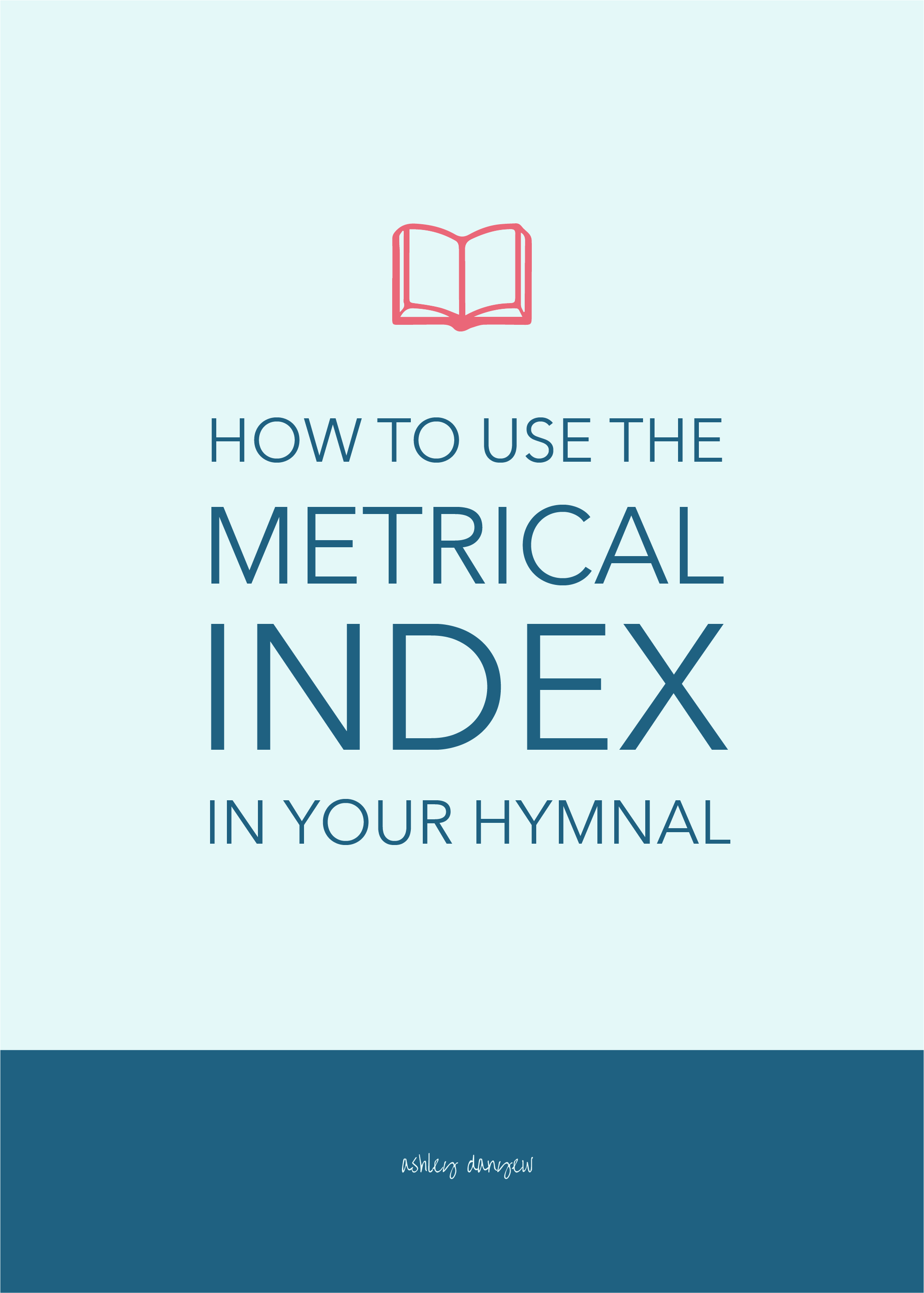How do you plan a worship service? Where do you start?
It’s likely that the process looks different from church to church and worship planner to worship planner, but I thought it might be helpful to share an inside look at my worship planning process, from start to finish.
Before I do that, however, I want to share two resources that have helped me:
UMC Discipleship Worship Planning - sample orders of worship, sermon notes, hymn/song suggestions, and other resources (click “This Week’s Planning Resources” to see worship planning suggestions for each week)
The Nuts and Bolts of Worship Planning - "collected wisdom from 100 congregations"
My Step-By-Step Worship Planning Process:
Reading the Texts
I begin by reading the lectionary texts of the day, usually on BibleGateway.com or the Vanderbilt Divinity Library.
Our church follows the Revised Common Lectionary (RCL), so the readings are preplanned. For those of you who haven’t used the lectionary before, it’s a three-year cycle of readings that cover the entire Bible (Year A, B, and C). Each week includes a set of four readings - usually one from the Old Testament, a Psalm, one from the New Testament, and a Gospel reading.
The readings are loosely related in some way, so if you choose to include more than one reading, you can plan the service around a common theme (for instance, the story of Jesus’ transfiguration on the mountain and Moses and the 10 Commandments are two of the selected readings for Transfiguration Sunday, February 26 this year).
Some churches may choose just one reading to focus on for the day; others may choose primary and secondary readings and use the Psalm as a Call to Worship or Psalter reading (see this post for more ideas).
We fall into the latter category, with two readings each week. The pastor usually chooses these readings 4-6 weeks in advance and sends this to me with a working sermon title.
Creating a Worship Order
Once I’ve reviewed the chosen readings of the day, I begin planning out the service. I tend to do most of my worship planning when I have large blocks of uninterrupted work time in my schedule - usually mornings or early afternoons. I open up my worship planning document on Google Docs (download a PDF version here) and get to work.
We have a few worship order templates that we use throughout the month, one with the offertory early in the service, one with the sermon at the end, a communion service template, etc.
Related post: 5 Creative Worship Order Templates
I think about what else is happening that day - baptism, new members, recognition, communion, special music, etc. and how these things will fit into the service. Ultimately, though, I look for ways to simplify the service as much as possible. It’s so easy to pack the hour (or hour-and-ten-minutes) with so much stuff - announcements, prayers, responsive readings, hymns, songs, responses, etc.
Sometimes, “we forget that simple can be good.” (source)
But in our fast-paced world, simple is also refreshing and inspiring and peaceful - all things we hope the congregation will experience in worship, right?
Choosing Hymns
With a better idea of what the service will look like as a whole, I begin choosing hymns.
We typically have three hymns in our service - an opening hymn, a closing hymn, and one somewhere in the middle (usually, before or after the sermon). However, on communion Sundays, we close by singing The Lord’s Prayer as a congregation, so the third hymn on those days is really a communion hymn.
On non-communion Sundays, I try to choose upbeat or grand hymns for the opening and closing slots and something quieter and more subdued or prayerful for the middle hymn slot. Often, we will sing something a bit more contemporary (from a hymnal supplement, for instance) as the closing hymn.
I generally accompany the opening hymn from the organ and the other two from the piano. This gives the service some versatility and allows us to incorporate a variety of musical styles into our services.
Related post: Contemporary Music for Traditional Congregations
I flip through my hymnal and both supplements for ideas, looking for texts that tie in with the two readings of the day. I make sure to read all the verses as I peruse because sometimes a middle verse is the best fit for the service.
If the song or hymn has multiple verses (e.g. more than three), I may choose the 3-4 I feel are most relevant. We always start with verse 1 (except for rare instances when we might sing just one verse of something or sing different verses of the same hymn throughout the service).
Planning Service Music
Once I have the hymns/songs in place, I begin plugging in the rest of the service music - choir anthem or other piece of music, prelude, offertory, postlude, and any sung responses. I include titles for all pieces of music in the service because I think it helps tell the story of the day. For instance, think about the effect of programmatic titles like, “Joys Are Flowing Like a River” or “Like a River Glorious” on a day when you’re talking about baptism.
Also, I think familiar titles like “Shall We Gather at the River” or “Come, Thou Fount of Every Blessing” help bring familiar texts to mind as people listen, enriching their experience.
At my current church, the choir sings twice per month. On the other Sundays, I put together small ensembles, recruit instrumental or vocal soloists, choose a psalter reading and response for the congregation to sing, or come up with something music- or drama-related that ties well into the first scripture reading.
I almost always play the prelude from the organ - something short and meditative. If I have an arrangement of the opening hymn, I will often use that as a way to help prepare the congregation to sing.
I usually play the offertory from the piano, either a hymn arrangement for solo piano or accompanying a soloist. I create a short (sometimes modulatory) transition to the doxology so there isn’t an awkward break and abrupt key change.
Related post: How to Create Your Own Doxology Transitions
I also think about transitions in the service and places where I might want to underscore or add “traveling music” (e.g. before and/or after children’s time, as the choir comes down to the steps, and before the pastoral prayer).
I may play the postlude from the piano or the organ. If the closing hymn is more contemporary, I will stay at the piano. If the hymn lends itself to organ, I may look for an opportunity to move back up to the chancel and play the closing hymn and postlude from there. Often, there is only a brief (spoken) benediction in between the two, so I try to choose a postlude in the same key as the closing hymn (or something closely related).
Depending on the day, there may be a sung response (choir or congregation) after the first scripture reading, following the pastoral prayer, or after the benediction. For instance, this week, we’re reading about the Beatitudes and what it means to be “blessed.” I thought it might be appropriate for the congregation to sing a blessing at the end of the service, namely, “The Lord Bless You and Keep You."
Related resources:
Songs for the Sanctuary I for unaccompanied SATB Choir
Songs for the Sanctuary II for unaccompanied SATB Choir
Songs for the Sanctuary: Alleluias & Amens for unaccompanied SATB Choir
Finding Visual Inspiration
At this point in the planning process, all the major components are in place - scripture readings, service music, sermon, and hymns. The next step is to think about visual inspiration that could help bring the theme of the day to life.
How can we create a worship space that is beautiful and inspiring?
What visuals can we use to tell the story of the day?
What do we want people to remember when they leave?
I try to think about the banners we have up, the flowers on the altar, the paraments, and the cover of the bulletin. I think about ways to decorate the altar - the focal point of the sanctuary - in a way that connects with the theme of the day (e.g. water, salt and light, the Last Supper).
We don’t add extra visuals every week, but I try to look ahead when planning and choose Sundays and themes that lend themselves to the visual arts so we have time to prepare. There are a few people in the congregation that are artistic and enjoy taking part in the visual aspect of worship, so every few months, I get a small group of people together to help plan and create resources and decor for upcoming services.
Incorporating Other Elements
Every so often, I’ll plan to incorporate another element that I think will lend itself well to a particular service. Something like a short skit, a monologue, a dramatic reading, a poem, or a recording with a visual component (sign language, media, dance, etc.)
Sometimes, this takes the place of the anthem slot (on a Sunday when the choir isn’t singing); other times, it will work well to lead into prayer time or communion.
Inviting Participation
A core component of any ministry, I feel, is creating opportunities for people to participate in meaningful ways.
So, once the worship service is planned, the final step in my process is inviting people to participate in some way. This might mean putting together an ensemble and asking people to sing, asking people to read in the service, or inviting people to participate behind the scenes in planning, creating, and coordinating visuals and other artistic elements.
And there you have it! An inside look at my worship planning process. My method probably wouldn’t work for everyone - ultimately, you have to find a system and schedule that works for you - but I hope this gives you a better sense of how to go about planning a service and some of the details I think about from week to week.
I’d love to hear your thoughts! Please share your questions and comments below.







































